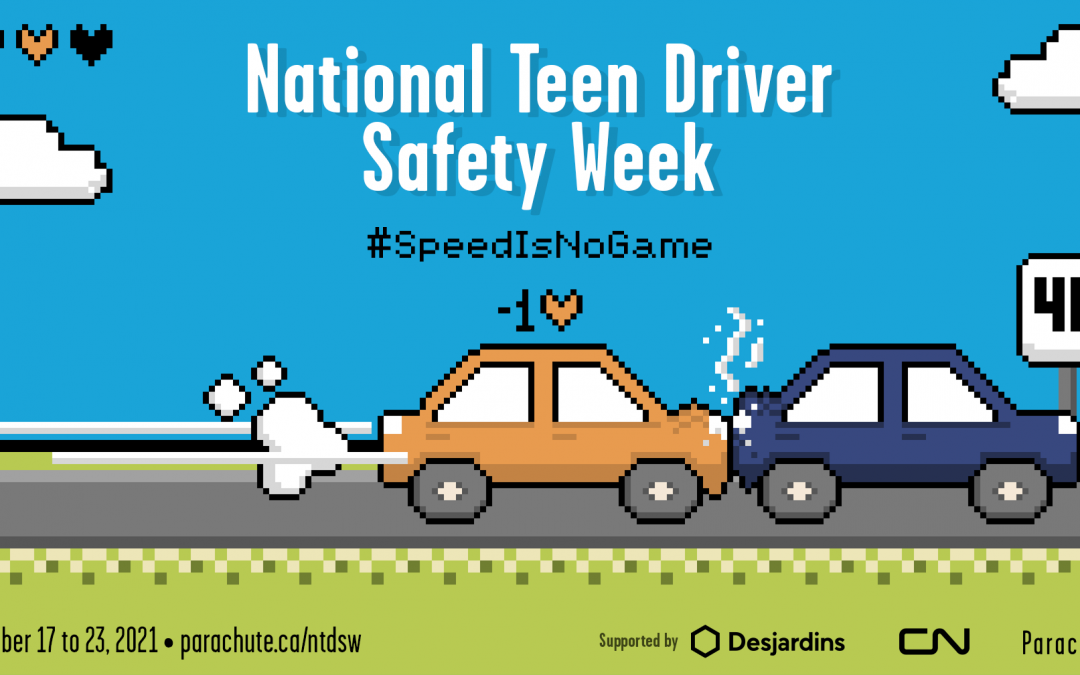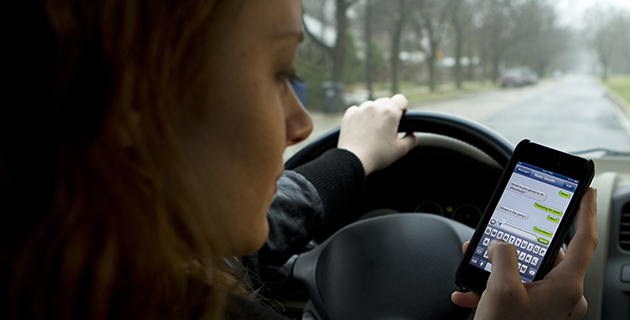ROAD SAFETY – MOTOR VEHICLE OCCUPANTS
Motor vehicle crashes are not accidents; they are system failures.

Motor vehicle crashes are the second leading cause of unintentional injury-related death among 0 to 14-year-olds in BC, after suffocation.1
OVERVIEW
Between 2018 and 2022, around 180 motor vehicle occupants were killed annually in crashes across BC. Statistics from this period indicate that over 70% of these fatalities were male, and about 26% were individuals younger than 25 years old.2
In the same timeframe, there was an average of 1,152 hospitalizations of motor vehicle occupants each year in B.C., which equates to approximately 3 hospitalizations per day. Of these injured individuals, about 56% were male. The most common type of injury among these motor vehicle occupants was fractures (63%).3
In 2023, the total costs related to transport incidents involving motor vehicles (including motorcycles, cars, buses) in British Columbia amounted to $347 million, making up 60% of the costs from transport incidents. This included $205 million in direct costs, like healthcare expenditures, and $142 million in indirect costs, such as lost productivity.4

Motor vehicle crashes are the third leading cause of injury-related death in those 15-64 years old in BC, and more than 63% of these fatalities have occurred among occupants of vehicles.1
PREVENTION
- Buckle up: Always use seatbelts and appropriate child restraints when travelling within a vehicle. This includes proper installation and use of child car seats or booster seats.
- Stay sober: Do not drive impaired or under the influence of alcohol, cannabis or other recreational drugs, or prescription medications that may affect your perception or reaction time.
- Put the phone down: Avoid distractions, including any cell phone use, panel controls, or noisy passengers.
- Slow down: Adhere to posted speed limits and to the rules of the road.
- Be aware: Shoulder check before changing lanes or making turns. Be alert to pedestrians, cyclists and motorcyclists.
- Do the ‘Dutch Reach’: The Dutch Reach involves using your hand furthest from the vehicle door to open it, forcing your upper body and head to turn outward. This makes it easier for you to get a clear view of oncoming motorcyclists, cyclists, pedestrians, people using wheelchairs or on scooters, or other vulnerable road users. The Dutch Reach is designed to prevent “dooring” incidents where drivers open their doors into the path of cyclists, which can cause serious injuries.5

Transport incidents accounted for almost one-quarter of total costs from injuries among youth 15-24-years-old, of which 60% were motor vehicle incident costs.4
News

Dr. Ian Pike receives fellowship from Japanese research society
Dr. Pike will work on a child passenger safety campaign with researchers in Chiba.

New website outlines financial and human cost of injury in BC
costofinjury.ca uses interactive charts and graphs to illustrate the burden of injury in BC.

37 projects funded in this year’s Vision Zero Grant Program
Projects funded include improvements such as crosswalk infrastructure, closed streets, traffic calming, speed limit reduction pilots, and road safety planning.

National Teen Driver Safety Week 2021
National Teen Driver Safety Week is October 17 to 23, 2021. Road crashes are the third-leading cause of death among young people ages 15 to 24 in Canada[i],[ii] and transport injuries for youth and young adults cost the Canadian economy $990 million in a single year1....

First-ever Vision Zero Summit in BC
Over 100 road safety experts, municipal government staff, civic leaders, researchers, and public health professionals attended the first-ever Vision Zero summit in BC.

October 15-21 is Teen Driver Safety Week
Youth are over-represented in all road-related injuries and deaths.

Injury Insight: Young drivers, a population at risk
This Injury Insight investigates the circumstances around teen driver deaths in BC.
1.BC Vital Statistics, Ministry of Health. Retrieved from BCIRPU Injury Data Online Tool (2022). Available from: https://data.injuryresearch.bc.ca/DataTools/Mortality.aspx [Based on 2013-2022 statistics]
2. ICBC. Fatal victims. Available from: https://public.tableau.com/shared/FGSGT2WJ7?:toolbar=n&:display_count=n&:origin=viz_share_linkhttps://data.injuryresearch.bc.ca/datatools/TASDataTool.aspx
3. Discharge Abstract Database (DAD), Retrieved from Health Data Platform, Ministry of Health
4. Rajabali F, Zheng A, Turcotte K, Bruin S, Pike I. (2022). Cost of Injury in British Columbia 2022. BC Injury Research and Prevention Unit: Vancouver, BC. [Cost from 2018 converted to 2023 dollars using the Bank of Canada inflation calculator]
5. Fraser Health (Sep 09, 2021). Dutch reach. Available from: https://youtu.be/rMxCSHGb25s
